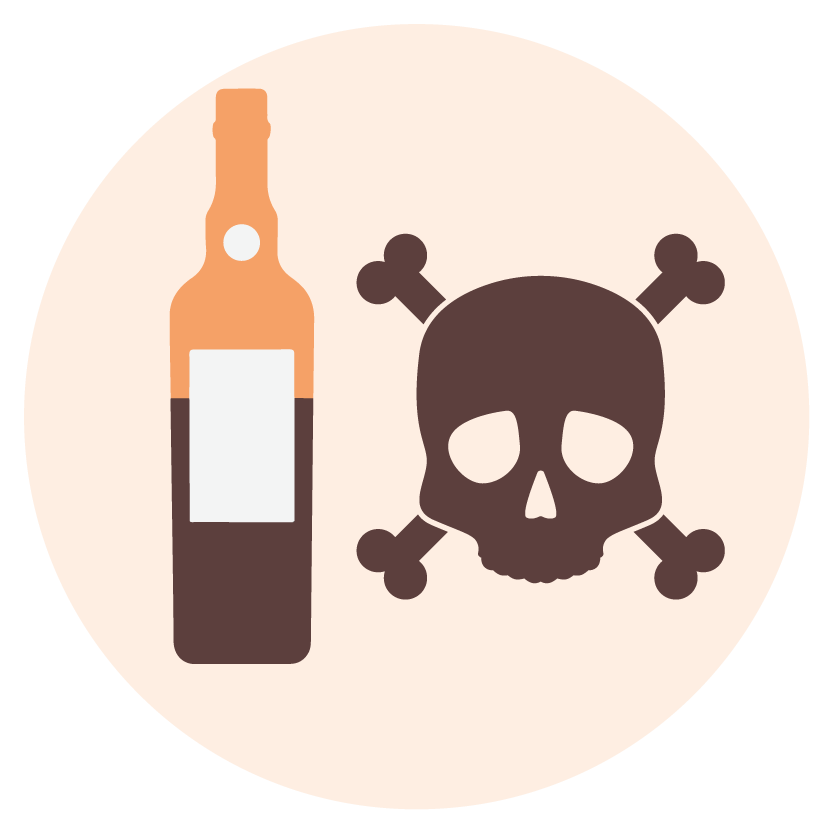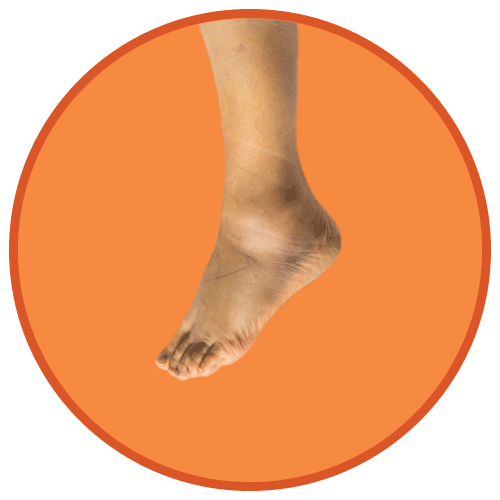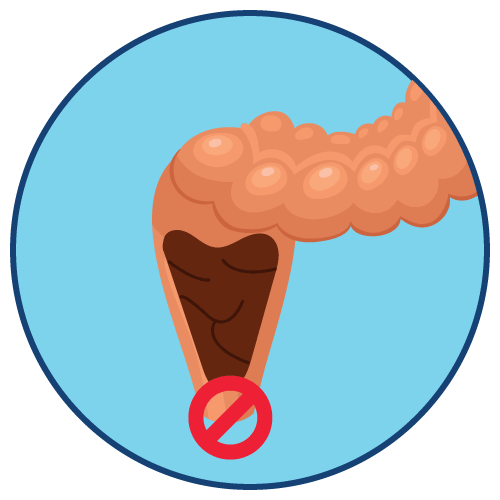| Name | Chlordiazepoxide |
| Classes |
Central Nervous System Agent Psychotherapeutic Agent Anxiolytic Benzodiazepine Sedative and Hypnotic |
| Diseases |
Alcoholism Anxiety Irritable Bowel Syndrome Mental Disorder Muscle Spasm Tension |
Chlordiazepoxide
Chlordiazepoxide belongs to class of drug called the benzodiazepines. It has antianxiety, sedative, appetite-stimulating and weak analgesic actions. The precise mechanism of action is not known.
Adults:
- Relief of Mild and Moderate Anxiety Disorders and Symptoms of Anxiety: 5 mg or 10 mg, 3 or 4 times daily
- Symptoms of Anxiety, Relief of Severe Anxiety Disorders and Symptoms of Anxiety: 20 mg or 25 mg, 3 or 4 times daily
- Geriatric Patients, or in the presence of debilitating disease: 5 mg, 2 to 4 times daily
- Preoperative Apprehension and Anxiety: On days preceding surgery, 5 to 10 mg orally, 3 or 4 times daily. If used as preoperative medication, 50 to 100 mg intramuscularly 1 hour prior to surgery.
Pediatric Patients:
Because of the varied response of pediatric patients to CNS-acting drugs, therapy should be initiated with the lowest dose and increased as required. Since clinical experience in pediatric patients under 6 years of age is limited, the use of the drug in this age group is not recommended. 5 mg, 2 to 4 times daily (may be increased in some pediatric patients to 10 mg, 2 to 3 times daily)
Commonly associated side effects are-
- Rash
- Taste disturbances
- Edema
- Nausea
- Constipation
- Menstrual irregularities
- Jaundice
- Concomitant use of benzodiazepines and opioids may result in profound sedation, respiratory depression, coma, and death.
-
- Reserve concomitant prescribing of these drugs for use in patients for whom alternative treatment options are inadequate.
- Limit dosages and durations to the minimum required.
- Follow patients for signs and symptoms of respiratory depression and sedation.
- In elderly and debilitated patients, it is recommended that the dosage be limited to the smallest effective amount to preclude the development of ataxia or oversedation (10 mg or less per day initially, to be increased gradually as needed and tolerated).
- Several studies have linked the use of minor tranquilizers (chlordiazepoxide, diazepam, and meprobamate) during the first trimester of pregnancy to an increased risk of congenital malformations. Because these drugs are rarely used in an emergency, they should almost always be avoided during this time period. The possibility that a woman of childbearing potential is pregnant at the time of therapy's inception should be considered. Patients should be advised that if they become pregnant during therapy or intend to become pregnant, they should discuss the possibility of discontinuing the drug with their doctors.
- Paradoxical reactions, eg, excitement, stimulation and acute rage, have been reported in psychiatric patients and in hyperactive aggressive pediatric patients, and should be watched for during Chlordiazepoxide therapy.
Contraindication
Contraindicated in patients with known hypersensitivity to the drug.
None known.
None known.
 Bangla
Bangla English
English




